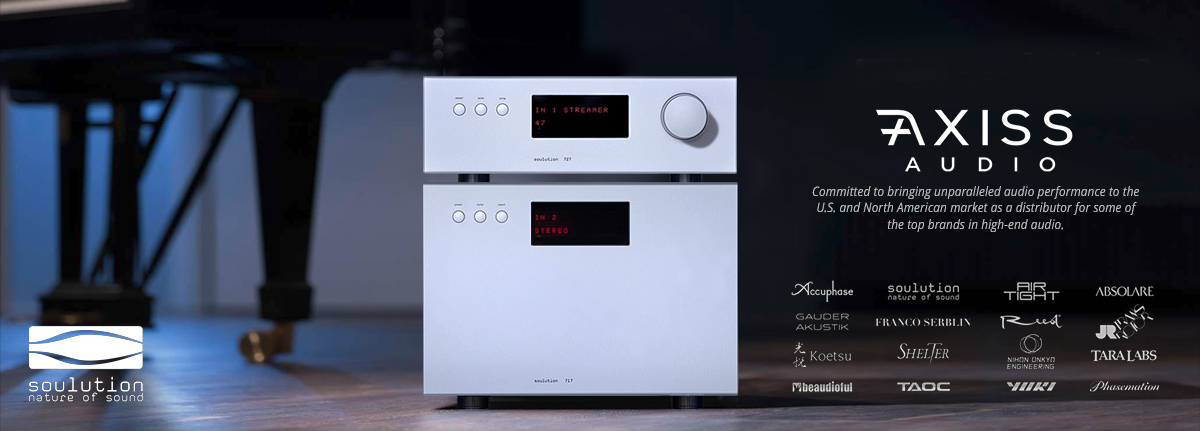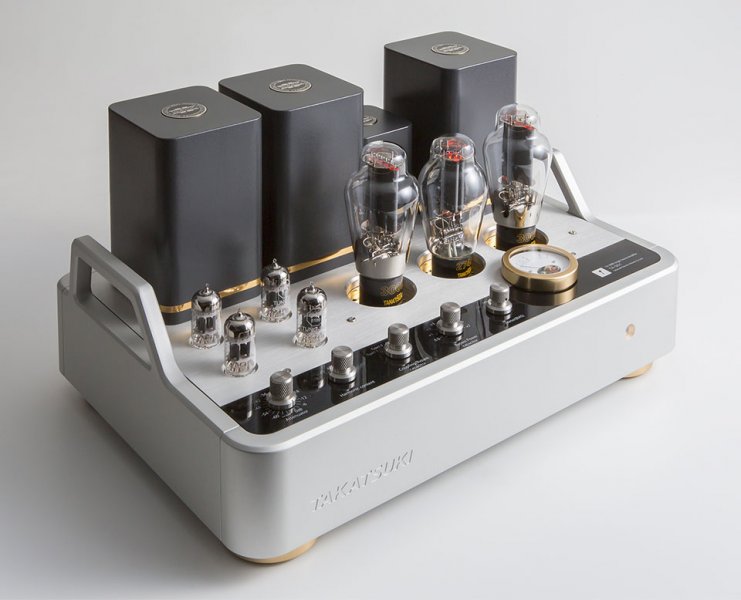This was clearly not what I meant.

en.wikipedia.org
"Symmetrical construction of the two sides of the amplifier means that even-order harmonics are cancelled, which can reduce distortion.
[1]"
"Symmetrical push–pull
Each half of the output pair "mirror" the other, in that an NPN (or N-Channel
FET) device in one half will be matched by a PNP (or P-Channel
FET) in the other. This type of arrangement tends to give lower distortion than quasi-symmetric stages because even harmonics are cancelled more effectively with greater symmetry."
What is clear from these descriptions (and others in the Wiki page) is that even order distortion is created in each half of the push pull stage due to the inherent behavior of the devices (Mosfets and bipolars will both make all harmonics as single ended devices...at least when not biased Class A...see paper by Boyk and Sussmann). This even order distortion due to the devices is cancelled by the symmetry of the circuit design ...therefore what I said about the distortion being removed by the circuit is essentially correct. It is being generated by the inherent qualities of the devices and cancelled (i.e removed) by the symmetry of the circuit and having those out of phase. The better the symmetry, the greater the cancellation.
Yes the feedback tends to accentuate the higher orders but it won't accentuate orders that have been cancelled by the push/pull design. So, odd high order harmonics (the worst kind) will be added and enhanced.
With regard to the Krell:
https://www.stereophile.com/content/krell-full-power-balanced-350mc-monoblock-amplifier-measurements
As you can see it is only 1 db down at 100Khz and the distortion vs. frequency is quite flat...so this doesn't fit with your argument that the Krell lacks the Gain Bandwidth Product to support its feedback. There are many feedback amps that have a rising distortion with increasing frequency (some alarmingly so) and those I would agree with you meet your argument and that probably leads to problems in the highs and overall tonality. The Krell though, measurably doesn't have this issue. I have actually heard this amp many years ago with a pair of Wilson CUB speakers and although I don't like the overall tonality and "feel" I got from the amp I have to admit it's highs were very clean and the soundstage was very deep and wide with a superbly low noise floor. You can see this also with the high frequency IMD measurement which shows virtually nothing.
My point about feedback and interaction is different than what you are talking about. I am aware of the reduced output impedance, which means less variability for a voltage source and a speaker that likes that. I am talking about what comes back from the speaker, the so-called back EMF, and it's interaction with the amplifier circuit if global feedback is used. Have you read the papers form Otala? It is not about frequency response of the speaker it is about distortion products from the amplifier.


















